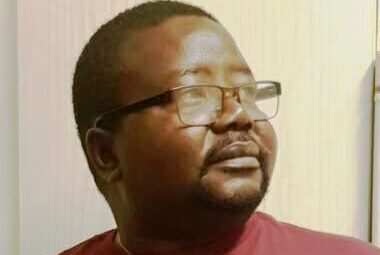By Richard Messick 
The return of assets stolen by corrupt means is “a fundamental principle” of the United Nations Convention Against Corruption, and the Convention mandates that its now 191 state parties “afford one another the widest measure of cooperation and assistance” to ensure states victimized by corruption recover the proceeds of the crime wherever they are located (article 51).
Easy enough to state the principle. And easy enough to implement where the victim state’s leaders are democratically chosen, committed to advancing citizens’ well-being, and corruption is under control. But what if those conditions don’t hold? What if the same kleptocrats who stole the assets are still in power? Even if the crooks have been purged, so long as autocrats run the government, what guarantee is there that the assets won’t simply enrich the current powerholders? Or worse yet, fund measure to further repress their citizens?
As my friend and former Soros Foundation colleague Alisher Ilkhamov describes in the current issue of Central Asian Due Diligence (here), Switzerland is working through these issues as it begins to return to Uzbekistan the several hundred million dollars the former president’s daughter Gulnara Karimova stole. Uzbekistan’s government is a step above where it was when Gulnara set the record for shaking down foreign investors, but a budding democracy it is not. By a long shot.
Alisher describes the conditions Switzerland attached to the return of a first tranche of $131 million in 2022, how they were implemented, and how that experience should inform the recent agreement between Switzerland and Uzbekistan to return another $182 million. His assessment will be of value to policymakers everywhere wrestling with the return of stolen assets to states that fall far short of democratic, good governance norms.













